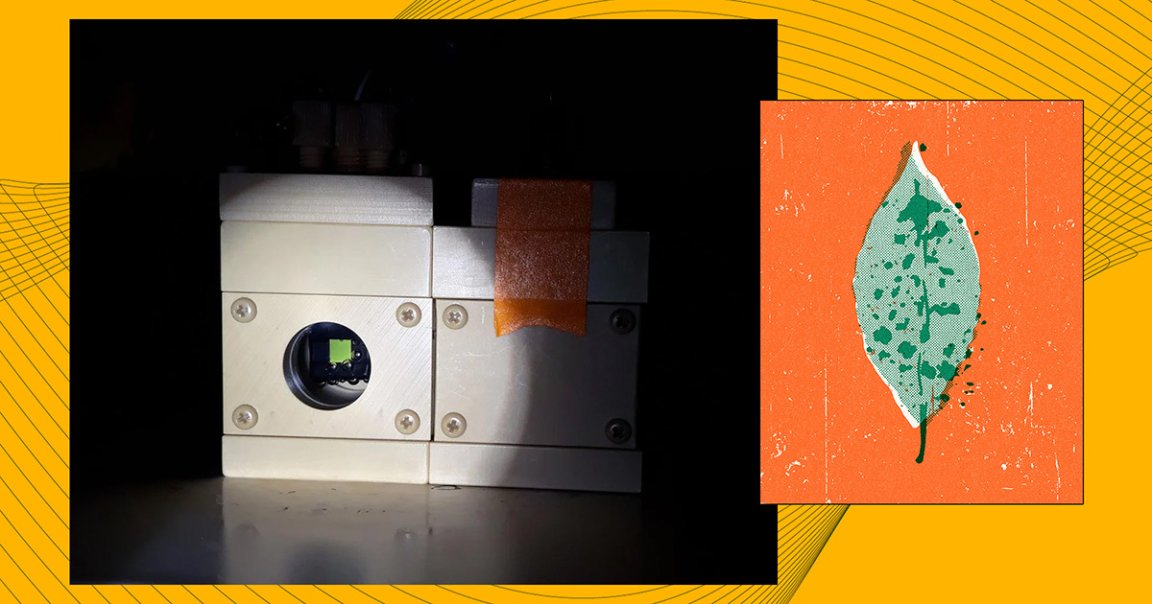
Living Thing
Using an ingenious method inspired by the photosynthesis of living things, scientists have developed a new “artificial leaf” that removes CO2 from the air and turns it into sustainable fuels.
For years, scientists at various institutions have experimented with similar artificial leaves that can absorb light and CO2 in similar ways to the real thing.
Now, researchers at the prestigious University of Cambridge and the University of California—Berkeley have designed a system that uses that nature-inspired technology alongside microscopic copper “nanoflowers” to create cleaner hydrocarbons, which like fossil fuels are derived from hydrogen and carbon.
In a new paper published in the journal Nature Catalysis, the scientists detailed how they build on prior Cambridge research into artificial leaves made with perovskite, a crystalline compound that might make solar panels cheaper and more efficient in the future.
Despite their success in making carbon-scrubbing artificial leaves in the past, Cambridge chemist Virgil Andrei, the paper’s lead author, said that he and his fellow researchers wanted to take the technology further.
“We wanted to go beyond basic carbon dioxide reduction and produce more complex hydrocarbons,” he said in the school’s press release, “but that requires significantly more energy.”
To make that happen, the Berkeley and Cambridge scientists used the light absorption power of the perovskite-based artificial leaves and the copper nanoflower as a catalyst to synthesize complex hydrocarbons like ethane and ethylene with just CO2 and water.
The researchers then tacked onto their device some electrodes made of silicon nanowire, which allowed them to add in the chemical compound glycerol and make their device a reported 200 times more efficient and produce valuable chemical byproducts like glycerate, lactate, and formate.
“Glycerol is typically considered waste,” Andrei explained, “but here it plays a crucial role in improving the reaction rate.”
Right now, this fascinating (and still unnamed) device is still in its infancy and needs work to be scaled up. The team behind it is quite optimistic, however, about its future applications — and with climate change-causing carbon emissions increasing unabated, there’s no better time for such inspired scientists to get to work.
More on alternative fuel production: Chinese Astronauts Create Rocket Fuel in Space Using “Artificial Photosynthesis”